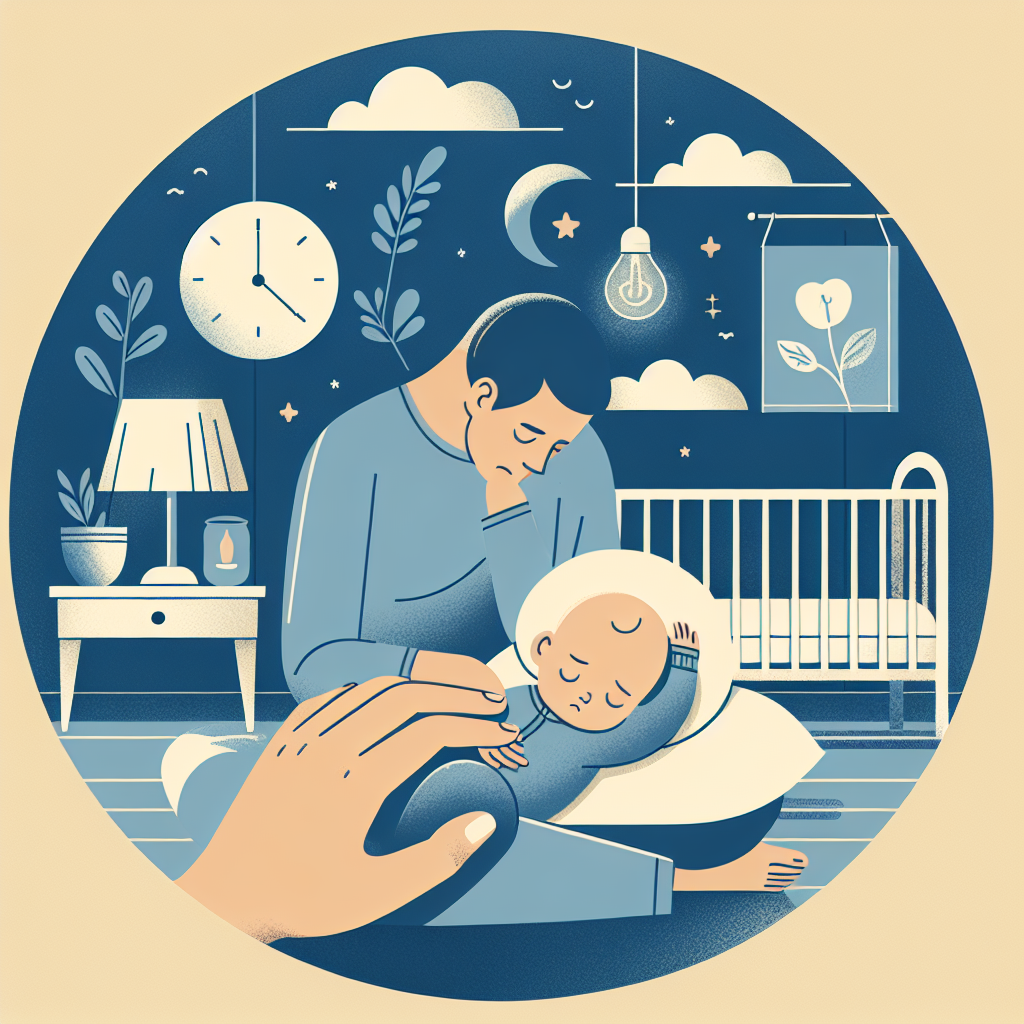How to Put Your Baby to Sleep Like Magic: Effective Techniques
In the first months of life, sleep is essential for the healthy development of babies. Parents often face sleepless nights, trying different methods to get their little ones to sleep. Finding the right techniques to help your baby sleep can sometimes seem like an impossible task. That's why in this article we will explore various effective strategies that have been tested and validated by parents and child development experts.
Sleep Development in Babies
Sleep is a key component that supports a child's physical and neurological development. In the first weeks of life, babies sleep an average of 16-18 hours a day, but this sleep is broken up into short periods. It is important to know that a baby will not have a regular sleep schedule until around 6 months of age. This means that for the first few months, you will need to take a flexible and patient approach to facilitating sleep.
Motor Development and Sleep
Motor development is closely related to sleep quality. A tired baby will have difficulty coordinating their movements, which can lead to fussiness and crying. Before bedtime, it is recommended to create a calm environment, without excessive physical stimuli, which can help the baby to relax.
Language Development and Sleep
Communication with the baby before sleep is essential. Lullabies or whispering can have a calming effect. Language not only stimulates cognitive development, but also creates an environment of emotional security.
Sleep routine
Creating a consistent sleep routine can help your baby understand that it's time to sleep. The routine may include a warm bath, putting on a clean diaper, nursing or offering a bottle of milk, reading a book and lullabies. Maintaining consistency in this routine will help your baby relax and fall asleep more easily.
Sleep environment
It is crucial to ensure a quiet and comfortable sleep environment. The baby's room should be at the right temperature, not too bright and without disturbing noises. It is also recommended to use a safe baby bed with a quality mattress and clean bedding.
Relaxation techniques
There are different relaxation techniques that can be used to calm your baby before sleep. You can try gentle massage, rocking movements or soothing sounds such as a white noise machine. In addition to these physical techniques, a stable and affectionate emotional environment is essential for restful sleep.
Signs of Fatigue
Learning the signs of tiredness in your baby is vital to prevent overstimulation. Signs such as eye rubbing, cooing or fussing are clear indicators that your baby is ready for sleep. It's important to respond to these signs with a smooth transition to your sleep routine.
Breastfeeding and Sleep
Breastfeeding can play an important role in helping your baby fall asleep. Most babies will relax and fall asleep during or soon after nursing. If the baby is formula fed, make sure the bottle is at the right temperature and that the baby is in a comfortable position during feeding.
Management of Crying
Baby crying before sleep is a common challenge for many parents. It is essential to distinguish between different types of crying in order to understand your baby's needs. If the crying is due to tiredness, avoid overstimulation and try to soothe him in a calm and loving way.
Conclusion
In closing, getting a baby to sleep can be challenging, but it's a natural part of parenthood. Using relaxation techniques, creating a sleep routine, providing a sleep-friendly environment, and understanding your baby's tiredness signals are all closely related and crucial to helping your baby fall asleep. Patience and consistency are essential in this process. With time and practice, you'll discover what works best for your baby and your family. If you have additional questions or are facing specific challenges, don't hesitate to seek the support of a mother's network or a child development specialist. We invite you to explore other resources on our site that can support you on your parenting journey.














































































































































